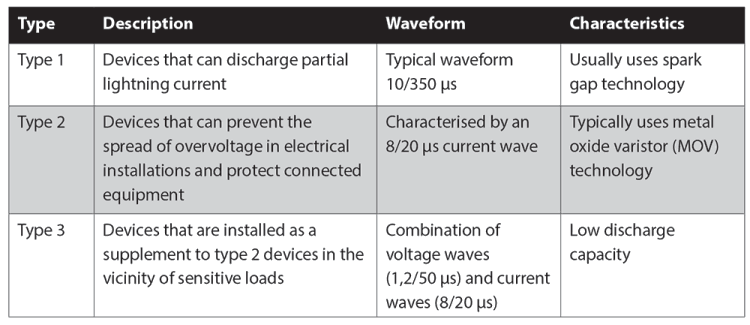

Surges, or transients, are brief overvoltage spikes or disturbances on a power waveform that can damage or destroy electronic equipment within an industrial or manufacturing facility. Transients can reach amplitudes of tens of thousands of volts for a very short period.
All electronic devices are designed to work at a specific voltage. Most of these devices are also able to handle slight fluctuations in the supply voltage, but going beyond the specified range will usually cause damage to the device. A major surge will undoubtedly destroy the device, unless the overall circuit has surge protection applied to it.
Surges or spikes?
When a voltage transient lasts longer than three nanoseconds it is called a surge. A voltage spike of less than three nanoseconds is usually known as a voltage spike. Both can inflict damage and those billionths of a second can cause significant damage to a machine if the amplitude of the transient is high enough.
Common causes
One of the common sources of surges and spikes within a facility include:
• Contactor, relay and breaker operations.
• Switching of capacitor banks and loads (such as PFC).
• Switching of inductive loads such as motors and transformers.
• Arcing faults.
• Power system recovery from a power outage (now common in SA).
• Loose connections.
The act of switching creates sudden, brief demands for power which upsets the steady voltage flow. The simple action of turning off an electric heating coil will introduce a voltage spike on the supply, which will interfere with all other electronic devices connected to the same supply. This interference with electronic devices could be catastrophic if not protected against.

Surges and spikes may also originate from outside an industrial factory, and these could be caused by lightning strikes and power grid switching. In fact, the city of Johannesburg has a recorded lightning flash density of 15 flashes/km2/year compared to the European average of only three flashes/km2/year. This high flash density highlights the importance of providing equipment protection.
Other external sources of surges include power utility-initiated grid and capacitor bank switching. During the operation of the electrical grid, the power utility may need to switch the supply of power to another source or temporarily interrupt the flow of power to its customers to aid in clearing a fault from the system. These interruptions of power cause surges when the power is then reconnected to the customer’s load.
Disturbance to the quality of power delivered to customers can also take place during normal operation of the electric power system. The power utility produces electricity from a number of power-generation facilities and allocates the power to specific grids. The equipment used to produce power runs most efficiently at a constant speed, and therefore, the power utility adjusts the allocation of power, rather than making constant adjustments to the power facility’s generation equipment.
As utilities switch the supply of power from one grid to another, power disturbances occur, including transients or spikes, as well as under- and over-voltage conditions. These activities will cause transients to be introduced into a system and may be transferred into end user equipment, potentially causing damage.
Types of surge protection
The purpose of surge protection is to protect sensitive electronic devices from transient power fluctuations. Surge protection devices are classified according to standard types:
Industrial surge protection devices are designed to protect machinery. These devices can protect equipment and systems such as safety interlock circuits, control systems, and telecommunications in factories and other industrial environments.
Transient overvoltage protection should be provided wherever there is a risk that overvoltage could lead to injury or the interruption of commercial business, industrial activity, or public services. In industrial, commercial, and office environments, a risk assessment should be performed to help determine whether additional protection against transient overvoltage will be needed.
| Tel: | +27 11 691 9300 |
| Email: | [email protected] |
| www: | www.rs-online.co.za |
| Articles: | More information and articles about RS South Africa |

© Technews Publishing (Pty) Ltd | All Rights Reserved